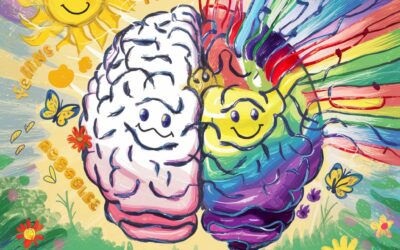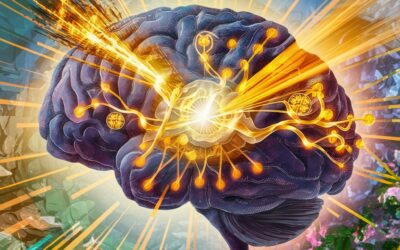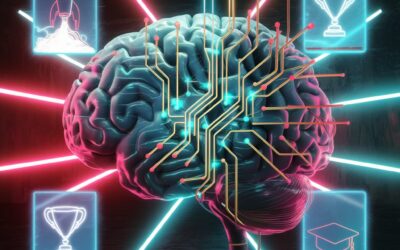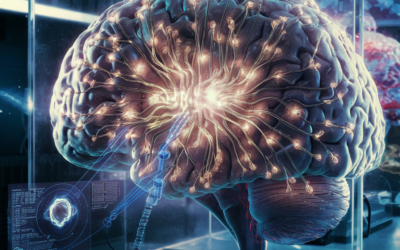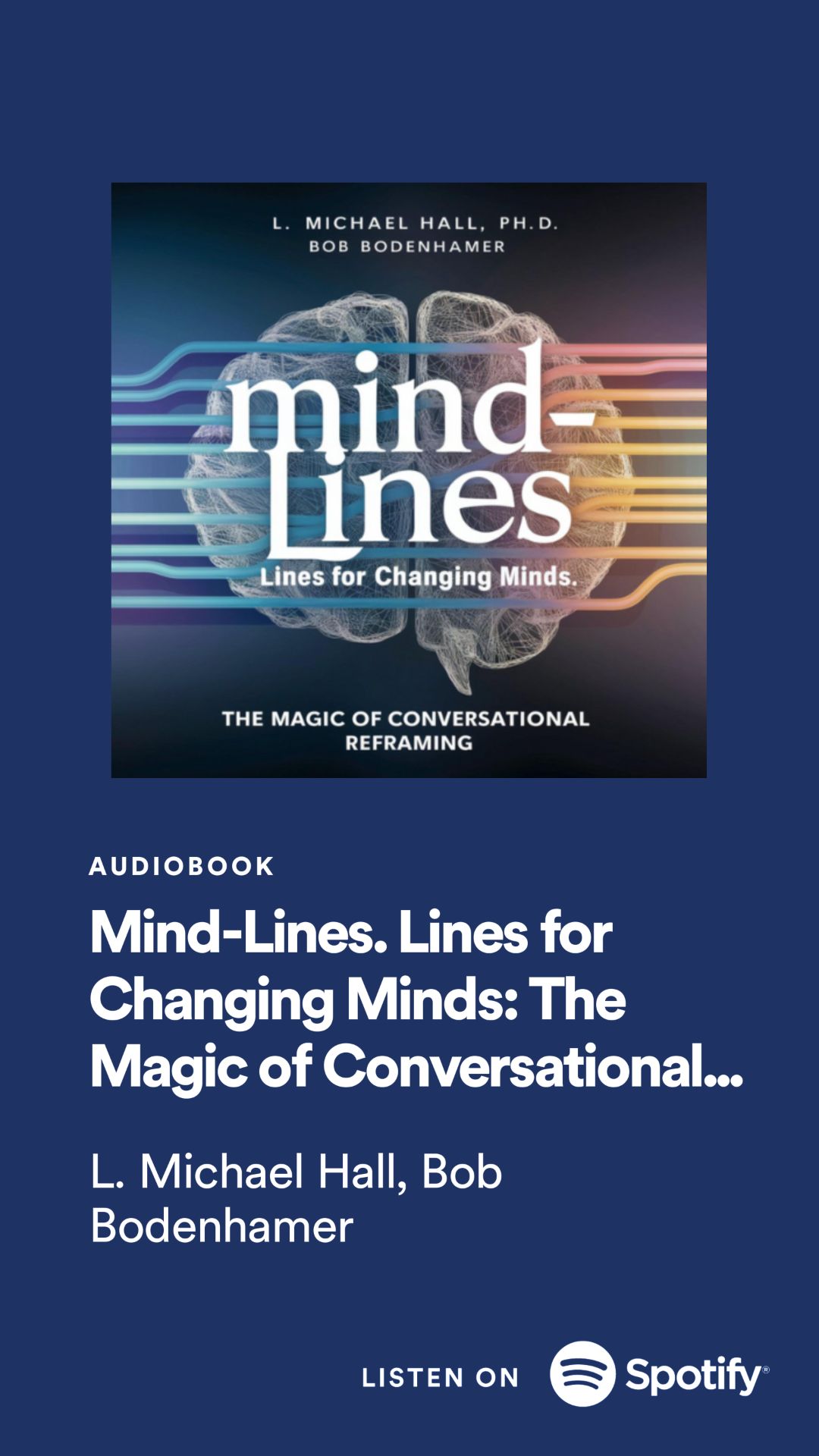In the annals of American history, few events have left as deep and lasting a scar on the national psyche as school shootings. These tragic incidents have not only claimed countless innocent lives but have also fundamentally altered the way we view educational institutions, gun control, and mental health in our society. This article delves into the most devastating school shootings in U.S. history, examining their impact and the complex psychological profiles of the perpetrators.
The Deadliest School Shootings: A Grim Timeline
1. Virginia Tech Shooting (April 16, 2007)
The deadliest school shooting in U.S. history unfolded on the campus of Virginia Tech in Blacksburg, Virginia. Seung-Hui Cho, a 23-year-old student, unleashed a reign of terror that claimed 33 lives, including his own, and left 17 others injured. The incident began in a dormitory and continued two hours later in an academic building, where Cho barricaded the main entrance and fired into several classrooms. The sheer scale of the tragedy sent shockwaves across the nation, prompting intense debates on campus security and gun control.
2. Sandy Hook Elementary School Shooting (December 14, 2012)
In a heart-wrenching attack that targeted young children, 20-year-old Adam Lanza killed 28 people, including himself, at Sandy Hook Elementary School in Newtown, Connecticut. After murdering his mother at their home, Lanza drove to the school and fatally shot 20 first-grade children aged six and seven, along with six adult staff members. The devastating loss of so many young lives sparked a national outcry and renewed calls for stricter gun legislation.
3. Uvalde School Shooting (May 24, 2022)
One of the most recent tragedies occurred at Robb Elementary School in Uvalde, Texas. Salvador Ramos, an 18-year-old, killed 21 people – 19 students and two teachers – and injured 18 others. The incident was marked by controversy surrounding the delayed law enforcement response, which became a subject of intense scrutiny and debate in its aftermath.
4. Marjory Stoneman Douglas High School Shooting (February 14, 2018)
On Valentine's Day in 2018, former student Nikolas Cruz, 19, opened fire at Marjory Stoneman Douglas High School in Parkland, Florida, killing 17 people and injuring an equal number. This tragedy sparked a nationwide student-led activism movement for gun control, most notably the March For Our Lives campaign.
5. Columbine High School Massacre (April 20, 1999)
Perhaps the most infamous school shooting in American history, the Columbine massacre saw two students, Eric Harris (18) and Dylan Klebold (17), kill 13 people and wound 21 others before taking their own lives. This event, which occurred in Columbine, Colorado, marked a turning point in public awareness of school shootings and profoundly influenced subsequent discussions on gun violence, bullying, and school safety.
The Psychological Profile of School Shooters
Understanding the minds behind these horrific acts is crucial in developing strategies to prevent future tragedies. While it's important to note that no single profile can encompass all school shooters, research has identified several common characteristics and risk factors:
1. Demographics and Background
The vast majority of school shooters (95%) are male, with 61% being white. They are typically adolescents or young adults, often current or former students of the targeted school. Many come from unstable family backgrounds or broken homes, lacking strong social bonds and support systems.
2. Social and Emotional Characteristics
School shooters frequently feel marginalized, rejected, or ostracized by their peers. Many have a history of being bullied or victimized, which can contribute to feelings of anger and a desire for revenge. They often struggle with social connections, being described as loners or outcasts. These individuals typically have difficulty coping with rejection or disappointment and may lack resilience and healthy coping mechanisms.
3. Mental Health Issues
Over half of school shooters have a documented history of psychological problems. Common diagnoses include depression, anxiety, suicidal ideation, and mood disorders. Interestingly, there's a higher prevalence of autism spectrum disorder (ASD) traits among school shooters compared to the general population. Many have received some form of psychiatric treatment prior to their attacks, highlighting the complex relationship between mental health and violent behavior.
4. Behavioral Patterns and Warning Signs
School shooters often exhibit a fascination with guns and violence, and may have a preoccupation with violent media such as games, movies, or books. They frequently have a history of making threats or posting alarming messages, particularly on social media platforms. Many harbor specific grievances against their school or individuals within it, viewing their actions as a form of retribution.
5. Motivational Factors
The desire for revenge or retribution for perceived wrongs is a common motivator among school shooters. Some seek notoriety or recognition, viewing their actions as a way to gain infamy. Suicidal ideation is also frequently present, with many shooters dying during their attacks, either by suicide or in confrontations with law enforcement.
6. Access to Firearms
A critical factor in many school shootings is the perpetrator's access to firearms. In the United States, where gun ownership rates are high, this access often comes through family members or legal purchases, depending on the age of the shooter and local laws.
The Impact and Aftermath
The repercussions of school shootings extend far beyond the immediate loss of life. Survivors, families, and communities face long-term mental health consequences, including increased risks of psychiatric disorders such as post-traumatic stress disorder (PTSD), depression, and anxiety. The broader community often experiences a collective trauma, with effects rippling out to schools and communities across the nation.
These tragedies have also sparked significant changes in school security measures, with many institutions implementing metal detectors, armed security guards, and lockdown drills. While these measures aim to increase safety, they have also been criticized for creating an atmosphere of fear and anxiety in educational settings.
Prevention Strategies and Interventions
Preventing school shootings requires a multifaceted approach that addresses various contributing factors:
1. Mental Health Support: Improving access to mental health services and destigmatizing mental health issues are crucial steps. Early intervention and support for at-risk individuals can play a significant role in prevention.
2. School-Based Programs: Implementing social-emotional learning (SEL) programs and anti-bullying initiatives can help create a more inclusive and supportive school environment.
3. Threat Assessment and Reporting Systems: Developing robust systems for identifying and responding to potential threats, including anonymous reporting mechanisms, can help catch warning signs early.
4. Gun Control Measures: While a contentious issue, many argue that stricter gun control laws, including background checks and restrictions on high-capacity weapons, could reduce the likelihood and lethality of school shootings.
5. Crisis Response Training: Improving law enforcement and school staff training for active shooter situations can potentially mitigate casualties during an attack.
6. Media Responsibility: Encouraging responsible media coverage that avoids glorifying perpetrators and instead focuses on victims and community resilience can help prevent copycat incidents.
The Role of Research and Policy
Comprehensive research on the causes and prevention of school shootings is essential for developing effective policies. This includes studying the complex interplay between mental health, social factors, and access to firearms. Policymakers face the challenging task of balancing mental health concerns with gun rights, a debate that continues to divide public opinion in the United States.
Funding for mental health services and violence prevention programs is crucial. Many argue that investing in these areas could yield significant benefits in terms of both preventing school shootings and improving overall community well-being.
School shootings represent a complex and deeply troubling phenomenon in American society. The devastating loss of life, particularly young lives, in these incidents has left an indelible mark on the national consciousness. Understanding the psychological profiles of school shooters provides valuable insights for prevention, but it's crucial to remember that these profiles are not predictive – many individuals may share similar characteristics without ever contemplating violence.
Addressing this issue requires a comprehensive approach that encompasses mental health support, school-based interventions, responsible gun policies, and community engagement. As we continue to grapple with this challenge, it's essential to balance security measures with maintaining nurturing educational environments where students can thrive.
The path forward demands ongoing research, open dialogue, and a commitment to implementing evidence-based strategies. Only through a concerted effort involving educators, mental health professionals, policymakers, and communities can we hope to reduce the occurrence of these tragic events and create safer schools for all students.
As we remember the victims of these senseless acts of violence, we must also recommit ourselves to the work of prevention, support, and healing. The legacy of these tragedies should not be one of fear, but of determination to build a society where such events become a relic of the past.
History of the Five Most Damaging School Shootings
A. Virginia Tech shooting (April 16, 2007)
1. 33 deaths (including the shooter), 17 injuries
2. Perpetrator: Seung-Hui Cho, 23-year-old student
3. Two separate attacks on campus
4. Deadliest school shooting in U.S. history
B. Sandy Hook Elementary School shooting (December 14, 2012)
1. 28 deaths (including the shooter), 2 injuries
2. Perpetrator: Adam Lanza, 20 years old
3. 20 children and 6 adults killed at the school
4. Shooter's mother killed prior to the school attack
C. Uvalde school shooting (May 24, 2022)
1. 22 deaths (including the shooter), 18 injuries
2. Perpetrator: Salvador Ramos, 18 years old
3. 19 students and 2 teachers killed
4. Delayed law enforcement response controversy
D. Marjory Stoneman Douglas High School shooting (February 14, 2018)
1. 17 deaths, 17 injuries
2. Perpetrator: Nikolas Cruz, 19 years old
3. Led to significant student-led activism for gun control
General Psychological Profile of Mass Shooters
1. Demographics:
- Predominantly male (95%)
- Majority white (61%)
- Typically adolescents or young adults
2. Social and emotional characteristics:
- Often feel marginalized, rejected, or ostracized
- History of being bullied or victimized
- Limited social connections, described as loners or outcasts
- Difficulty coping with rejection or disappointment
- May lack resilience and healthy coping mechanisms
3. Mental health:
- Over 50% have a history of psychological problems
- Common diagnoses include depression, anxiety, suicidal ideation, and mood disorders
- Higher rates of autism spectrum disorder (ASD) traits compared to general population
- May have received some form of psychiatric treatment
4. Behavioral patterns:
- Fascination with guns and violence
- Preoccupation with violent media (games, movies, books)
- History of making threats or posting alarming messages, often on social media
- May have a specific grievance against the school or individuals there
5. Family and environmental factors:
- May come from unstable family backgrounds or broken homes
- Lack of strong social bonds and support systems
- Reduced connection to social institutions (family, religion, education)
6. Motivational factors:
- Desire for revenge or retribution for perceived wrongs
- Seeking notoriety or recognition
- Suicidal ideation often present (many die during the incident)
7. Warning signs:
- Posting threats or concerning content on social media
- Expressing feelings of persecution or injustice
- Sudden changes in behavior or social withdrawal
It's crucial to note that while these characteristics are common among school shooters, they are not predictive. Many individuals may fit aspects of this profile without ever contemplating violence. The vast majority of people with mental health issues or who experience bullying do not become violent. This profile should be used cautiously and in conjunction with other risk assessment tools, as overreliance on profiling can lead to stigmatization and false positives.





